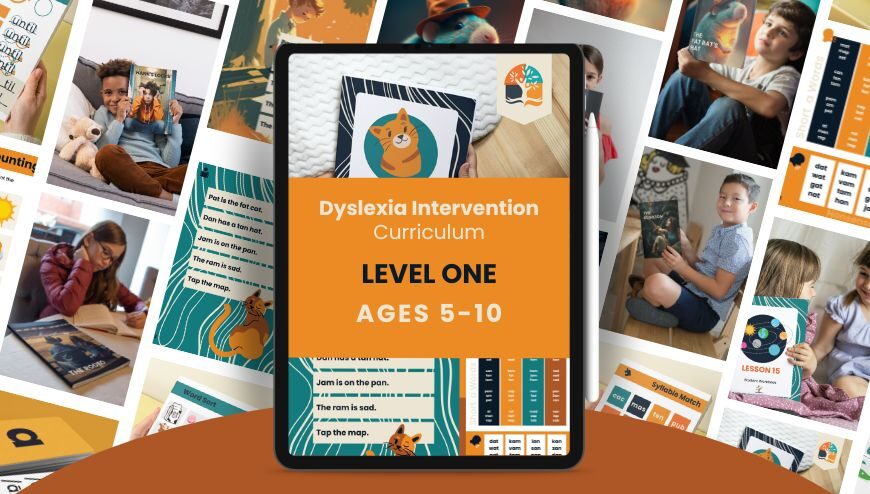
When the School Refuses Help: Supporting Your Dyslexic Leaner
- Posted by Sandra D
- Categories Dyslexia, Support at Home
- Date March 27, 2025
- Comments 0 comment
As a parent, there is nothing more frustrating than watching your child struggle in school and feeling powerless to get them the help they need. You’ve attended meetings, sent emails, and advocated tirelessly, only to be met with roadblocks and excuses. If your child has dyslexia and the school refuses to help and won’t provide the necessary support, you are not alone.
I know the heartbreak. I’ve sat in those meetings where the professionals downplay the struggle, saying, “He’ll catch up,” or “She just needs to try harder.” But you know your child. You see the frustration, the exhaustion, and the diminishing confidence. So what can you do when the school refuses to help?
Step 1: Know Your Rights
Public schools are legally required to provide appropriate support for students with learning disabilities, including dyslexia. If your child has been denied services, you may need to formally request an evaluation under the Individuals with Disabilities Education Act (IDEA) or Section 504 of the Rehabilitation Act. Learn about your state’s dyslexia laws and arm yourself with information. Check out this guide to dyslexia and IEPs.
Step 2: Get an Independent Evaluation
If the school won’t assess your child or doesn’t recognize the severity of their struggles, consider getting a private evaluation from a licensed educational psychologist or dyslexia specialist. An independent assessment can provide the evidence needed to push for accommodations or additional support.
Step 3: Seek Outside Support
If the school refuses to help, you don’t have to wait for them to act. There are incredible resources available outside of the school system. Private tutoring, specialized dyslexia intervention programs, and assistive technology can bridge the gap. Programs that use structured literacy approaches, such as Orton-Gillingham-based instruction, can be life-changing. Explore our dyslexia intervention program.
Step 4: Create a Home Learning Plan
While you fight for support at school, you can also implement strategies at home. Here are a few ideas:
- Audiobooks & Text-to-Speech Tools: These allow your child to access grade-level content without the frustration of decoding.
- Multisensory Learning: Hands-on activities, movement-based learning, and visual aids can help reinforce reading and spelling skills.
- Encourage Strengths: Dyslexic learners often excel in problem-solving, creativity, and big-picture thinking. Give them opportunities to shine in areas they love. Discover how to build on dyslexia strengths.
Step 5: Find a Support Community
Advocating for your child can feel lonely, but you don’t have to do it alone. Connecting with other parents who understand your struggles can be empowering. Look for local or online support groups, dyslexia organizations, and parent advocacy networks.
Step 6: Consider Alternative Schooling Options
If your child is struggling in a traditional school setting with little to no support, you may want to explore alternative options. Homeschooling, private schools specializing in learning differences, or microschools can provide an environment better suited to their needs.
You Are Your Child’s Best Advocate
When the school refuses to help, it can feel like a dead end, but it’s not. Your child’s potential is limitless with the right support and interventions. At Apricot Tree Academy, we specialize in helping dyslexic learners gain confidence and skills through personalized instruction. If you’re looking for effective solutions, explore our dyslexia intervention program today. Your child deserves the best possible support—let’s make it happen together.

You may also like

Book Review: Did You Say Pasghetti?

Book Review: One in Five

